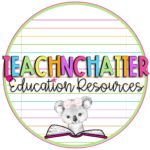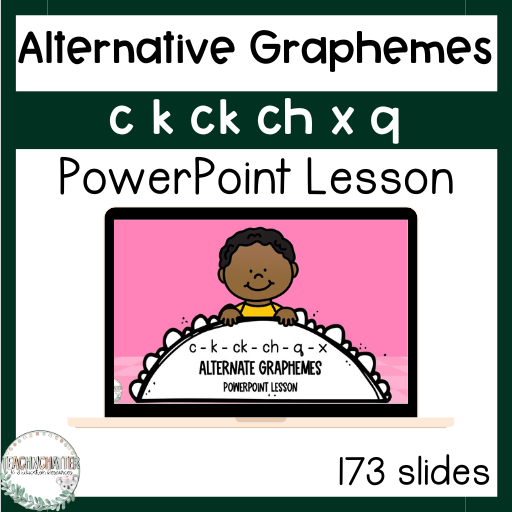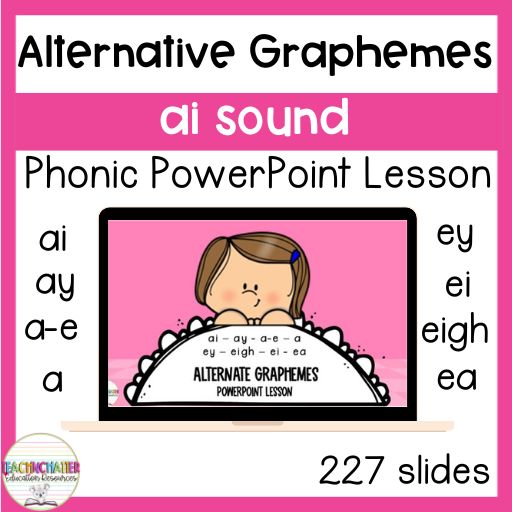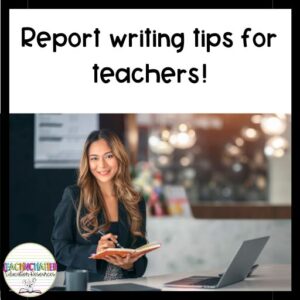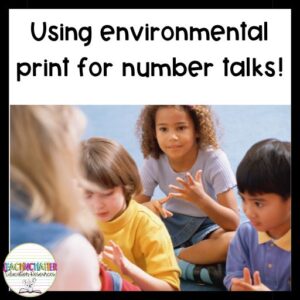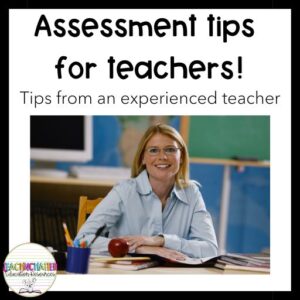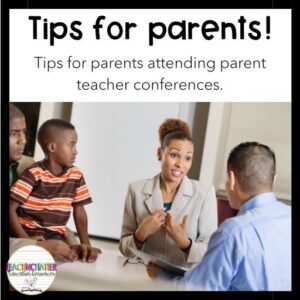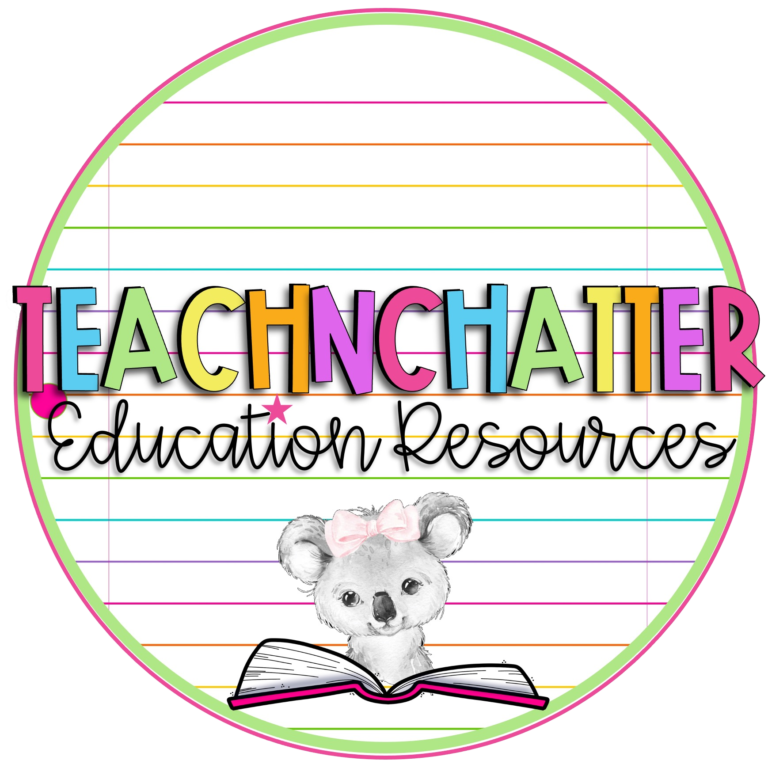How to teach phonics
I should clarify that by saying, this is how I teach phonics! This has changed quite a bit for me over the years. I use a systematic synthetic phonic approach. The phonics scope and sequences I have used have varied over the years due to the different schools I have worked in. I will try to explain what I do as briefly as I can. Please keep in mind that as I learn more, I adapt what I am doing and so therefore, my routines and approaches will change. I also keep in mind how the students’ progress with my approaches!
To begin with, I always ensure that students have good phonemic awareness (e.g. they can hear the sounds in words) before I start with the letter-sound correspondences (although research suggests that doing both – letters alongside phonological awareness activities – can be beneficial).
I have previously used these phonic scopes and sequences; Jolly Phonics, Sound Waves, PLD Literacy, Letters & Sounds, SoundsWrite and there may be a few more programs that I have used and cannot remember! Maybe one day I’ll write a blog about which system I prefer and why but that is not the purpose of this article today. I do know that teachers have definite favourites though. What really matters when choosing a system is that it is synthetic (e.g. students blend the sounds together to say a word) and there is a developmentally appropriate scope and sequence.
For context, I currently teach a grade two classroom and most of the students are working at or above the expected year level. At the school I currently teach in, the UK Letters & Sounds system is mandated for use in years K-2. While I follow this system, I use many instruction methods from the SoundsWrite program. I trained in this program a few years ago. Of course, I use some of the L&S strategies too.
I have worked out a daily schedule that seems to work. Students seem to like the way it works as they know what they are doing each day. They gain confidence in that they understand the procedures of each lesson and activity and therefore, that takes the teaching of activities component down a notch. I try to keep the pace of lessons fast and this is when the set structure (and having students know what they need and what to do) really helps!
Monday – I teach the phonic concept to the whole class. I vary this by using a PowerPoint lesson that I have created (see below) or a word building lesson that uses magnetic letter times (following a lesson script from SoundsWrite). My PowerPoint lessons also have word building activities in them, so it does the same process but just differently.
I vary my approach so that students do not get bored. In every lesson, students will be saying the sounds and then saying the word (which develops phonemic awareness). I also have a polysyllabic section of my lesson and this is useful for decoding longer words. Do I incorporate morphology into my lessons? Yes, I do, but I need to add this in more. I tend to do this throughout the week at the point of need. You will notice that my activities do not just include phonics-based activities.
Rotational Activities: I do a literacy rotation for one hour (as I have an Education Assistant available for one hour on a Monday morning). I have five groups. Students will participate in three activities (as I rotate them over two days) and the rotations are twenty minutes long. This is what we do:
Activity 1 – WUSHKA reading app (this is done on the ipads and students have access to decodable books and comprehension activities).
Activity 2 – Read and Write (combines phonics and comprehension) – see below.
Activity 3 – Independent writing (this could be a weekend recount or other task that I know the students can complete independently and they know I will be checking it!)
Activity 4 – Independent handwriting (or other fine motor task)
Activity 5 – Phonic dictation – With the Education Assistant (differentiated sentences are provided)
Activity 6 – Small group reading – I run this activity. I have students working on phonically decodable readers and other students reading vocabulary-based books and they work on comprehension or vocabulary (or both).
Activity 7 – if required – I have word building magnetic letter tiles (students select a word, read it, put a counter out for each sound, write it and “build” it with letter tiles of some sort).
Other activities I sometimes add to my rotations:
- Fluency word cards (or text level fluency passages) – students time each other and record words read accurately.
- Partner reading
- Roll and read board games
- Word sorts
In between each rotation we do quick stretches or strength building work for a brain break and building core body (and hopefully fine motor skill strength) strength. It is important that students know how to form their letters to be able to write them and include these new concepts into their spelling and writing activities!
Tuesday – We revise the concept taught on Monday, but I might extend the PowerPoint lesson to include more word sorting and discussion. We usually do a Read and Write lesson from the SoundsWrite program. Students have their own whiteboards, whiteboard markers and erasers.
Wednesday – We again revise the concept and go through the PowerPoint. This is quicker though because I have DOTT between 9-10 am and then the Education Assistant arrives at 10 am and this is when we do rotations. We repeat the above rotations.
Thursday – We revise the concept again (using the PowerPoint). We do a word sort where I have paper word cards and we sort them according to the concept taught. We also do sound swapping. Students love both of these activities.
Friday – Revise the concept (again!) and then we do phonic dictation. I use my PowerPoint for phonic dictation but sometimes we just say the sentences together.
Sometimes, I also add the polysyllabic word reading and writing lesson from SoundsWrite. It just depends on the phonic concept I am up to.
As you can see, I begin my phonics with a whole group approach (I do and We do embedded in that) and then students move on to more independent activities (You do). They do not do rotations every day, only twice a week.
I try to keep it simple and the students like this plan. They tell me if I’m changing things and what they SHOULD be doing! If we are at the end of the term and students are getting tired and worn out, I might add some whole class (in partners or small groups) bingo games, reading big phonic books not the smart board (usually from SPELD SA), tic tac toe games, word searches, the whiteboard app called ‘Wordwall’ and other “fun” activities. Teaching younger students means that I have to keep in mind their overall happiness and well-being.
Useful tips for teaching phonics:
- Follow an evidence-based approach (e.g. synthetic phonics) and a scope and sequence that is developmentally appropriate
- Teach students how to engage in each activity before they do so independently (trust me!)
- Use a PowerPoint (like the ones I created below) or have your scripted phonics lesson that your school prescribes (on your lap to begin with)
- Have all of your essential teaching resources on hand (I have a whiteboard and a trolley by my smartboard with magnetic letters)
- Develop a daily schedule for what you will do each day (this is helpful for your students and your own organisation!)
- Keep it simple at first (or always)
- Have environmental print in your room to assist your students. I have a SoundWall and an alphabet chart. I also use a pocket chart for our phonic focus with words that we are currently focusing on.
Here is a link to the phonic PowerPoint lessons I have created. They are a great resource if you are really unsure of how to teach phonics (or just want some of the scripting done for you).
Here is a link to some of the worksheets that I use as independent student activities in their literacy rotations.
Here is a link to my sound wall.
Here is a link to my alphabet chart with mouth articulation cues!
alphabet chart with mouth cues
Here is a link to the WordWall computer app that I sometimes use.
I review what I am doing each year and adapt as I learn more and reflect on what has worked (or not) and move on from there. I hope this helps you in some way. Don’t over think it too much.
Kind regards,
Jennifer

